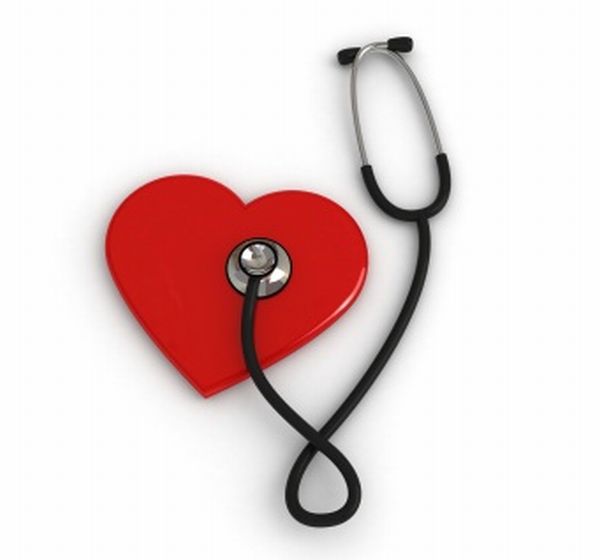
Kawasaki disease causes the inflammation in the small and medium sized artery walls all through the body. The inflammation also occurs in the coronary artery that supplies blood to the muscle of the heart. The disease is also known as mucocutaneous lymph node syndrome as it affects the skin, lymph nodes, mucous membranes of the mouth, throat and nose. The signs of the condition include peeling skin and high fever. The disease can be treated and children affected with this disease are able to recover easily without any problem.
Symptoms
The symptoms of the disease appear in various phases. The symptoms in the first phase are as follows:
- Fever higher than 38.5 C and continues for 1-2 weeks.
- The eyes become extremely red and there is no discharge.
- A rash is formed in the genital area and the main part of the body.
- The lips become dry, red, cracked and the tongue is swollen.
- The hands, palms and soles of the feet have red and swollen skin.
- The lymph nodes become swollen in the neck area
- Irritation
The symptoms of the second phase include:
- Skin peeling on the feet and hands especially on the tips.
- Joint pain, vomiting, diarrhea, abdominal pain
Symptoms in the third phase:
The signs and symptoms usually fade away in this phase if there are no complications.
When to seek treatment
If the child has fever for more than four days along with other symptoms like redness in the eyes, swollen and red tongue, redness in the soles and palms, rash, skin peeling and swollen lymph nodes. If the disease is treated within ten days it can be cured very easily.
Causes
The causes of the Kawasaki disease are not yet known. The disease is also believed to be not contagious. There are a number of theories that are linked to the disease and viruses, bacteria, environmental factors etc. Nothing has been proved. Some genes may also increase the susceptibility of the child to the disease.
Diagnosis
There are no particular tests available for the Kawasaki disease. The diagnosis are meant for ruling out the possibility of other diseases with symptoms including scarlet fever caused by the Streptococcal bacteria and leads to rash, fever, chills and sore throat, measles, toxic shock syndrome, Stevens Johnson syndrome and some tick-borne diseases.
Physical examination is also done to aid other kinds of diagnosis. The tests are as follows:
- Urine tests to rule out various other diseases.
- Blood tests look for the white cell count which may be slightly more and the presence of inflammation and anemia that indicate Kawasaki disease.
- Electrocardiogram is used for measuring the electrical impulses of the patient’s heartbeat. The disease can cause many complications if not treated on time.
- Echocardiogram tests the ultrasound images to know about the functioning of the heart. This gives an idea about the functioning of the coronary arteries.
Treatment
The treatment is given as soon as possible to reduce the complications. An infusion of Gamma Globulin, an immune protein is given through the vein to reduce the artery problems. High doses of aspirin are also given to treat inflammation. It reduces the pain in the joints and fever too.
The initial treatment is usually given at a hospital. After the fever has reduced the patient will have to take aspirin in low doses for about 6-8 weeks. It helps to prevent clotting. If the child or the patient develops chickenpox or flu he should stop taking aspirin.
Children suffering from heart problems will be recommended for follow-up tests for monitoring the health of the heart regularly. If there are some serious problems he may refer the patient to a heart specialist. Children with coronary artery problems may require anticoagulant drugs to prevent clotting. Coronary artery angioplasty is a procedure that helps to open the arteries that have difficulty in carrying blood to the heart. Stent placement is a process for implanting the device in the artery that is clogged and causes the blockage. Coronary artery bypass graft is the rerouting of the blood around the damaged coronary artery. This is done by grafting a section of the blood vessel from leg, arm, chest etc.
Prevention
There are no preventive measures for this disease. Only about one child in hundred develops this disease for the second time. Try to collect as much information possible about the disease so that you can know about the treatment options and other measures to be taken. The children who are affected with this disease can recover completely if proper treatment is given.




